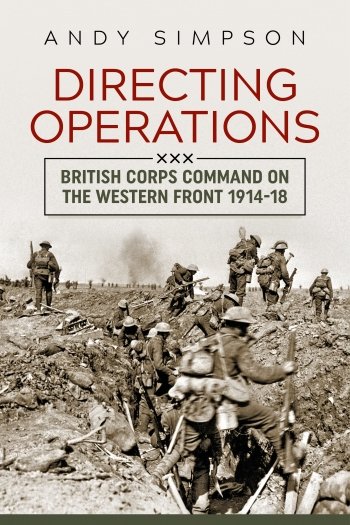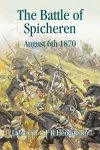-
Załączniki bezpieczeństwa
Załczniki do produktuZałączniki dotyczące bezpieczeństwa produktu zawierają informacje o opakowaniu produktu i mogą dostarczać kluczowych informacji dotyczących bezpieczeństwa konkretnego produktu
-
Informacje o producencie
Informacje o producencieInformacje dotyczące produktu obejmują adres i powiązane dane producenta produktu.HELION
-
Osoba odpowiedzialna w UE
Osoba odpowiedzialna w UEPodmiot gospodarczy z siedzibą w UE zapewniający zgodność produktu z wymaganymi przepisami.
Directing Operations has been described by Gary Sheffield as “undoubtedly one of the most significant books on the British Army during the First World War to appear in recent years”. Based on comprehensive research in primary sources, it is the first work to examine the role of British corps command in the BEF on the Western Front in World War One. It demonstrates the importance of pre-war thinking in the BEF’s conduct of operations, tied in with extensive efforts to learn lessons from previous operations and to apply them as the war went on. It stresses the central role of the artillery in offensives on the Western Front, and how corps gained steadily more control over artillery assets during 1915. By 1917, learning from the Battle of the Somme in 1916, corps was the level of command at which most artillery was commanded and organised. This set the stage for corps to become responsible for the detailed planning of the set-piece attacks of 1917 and 1918. They nevertheless demonstrated in the Hundred Days (from August 1918 to the end of the war) sufficient flexibility to delegate artillery control down to divisions when required and resume it for set-piece operations like the assault on the Hindenburg Line in September and October 1918. The final chapter is perhaps the most original of the book, since in it the day to day activities of WW1 generals are analysed – what did these men do when not fighting battles, for example? This is the first time this aspect of command on the Western Front has ever been addressed. Despite the contributions of military and Civil Defence dogs, historians have paid little attention to their employment by the British Armed Forces and on the British Home Front in the First and Second World Wars. In the first comprehensive scholarly account of the employment of British military and Civil Defence dogs in the Second World War, Kimberly Brice O’Donnell traces the development of the British military dog scheme from the British Army’s belated establishment of the short-lived War Dog School and the Messenger Dog Service of the First World War to the more recent employment of canines during the wars in Iraq and Afghanistan in the early twenty-first century. With a focus on the Second World War, “Doing their Bit” examines why and how dogs were trained and employed by the British Armed Forces and the London Civil Defence Region and how humans shaped and perceived their use. Utilising a range of archival material, O’Donnell analyses the performance of guard, military police, patrol, mine detection and rescue dogs in training and on operations by considering the advantages and disadvantages of utilising canines in such roles. Military and Civil Defence dogs offered a number of advantages over the employment of humans and technological equipment, and the experience gained by dog trainers and handlers during the Second World War led to the continued employment of canines in the post-war period. While the use of horses and other animals has since diminished, the Second World War marked a turning point in the history of the British military dog, ushering in the seemingly permanent training of dogs for police and military roles.








